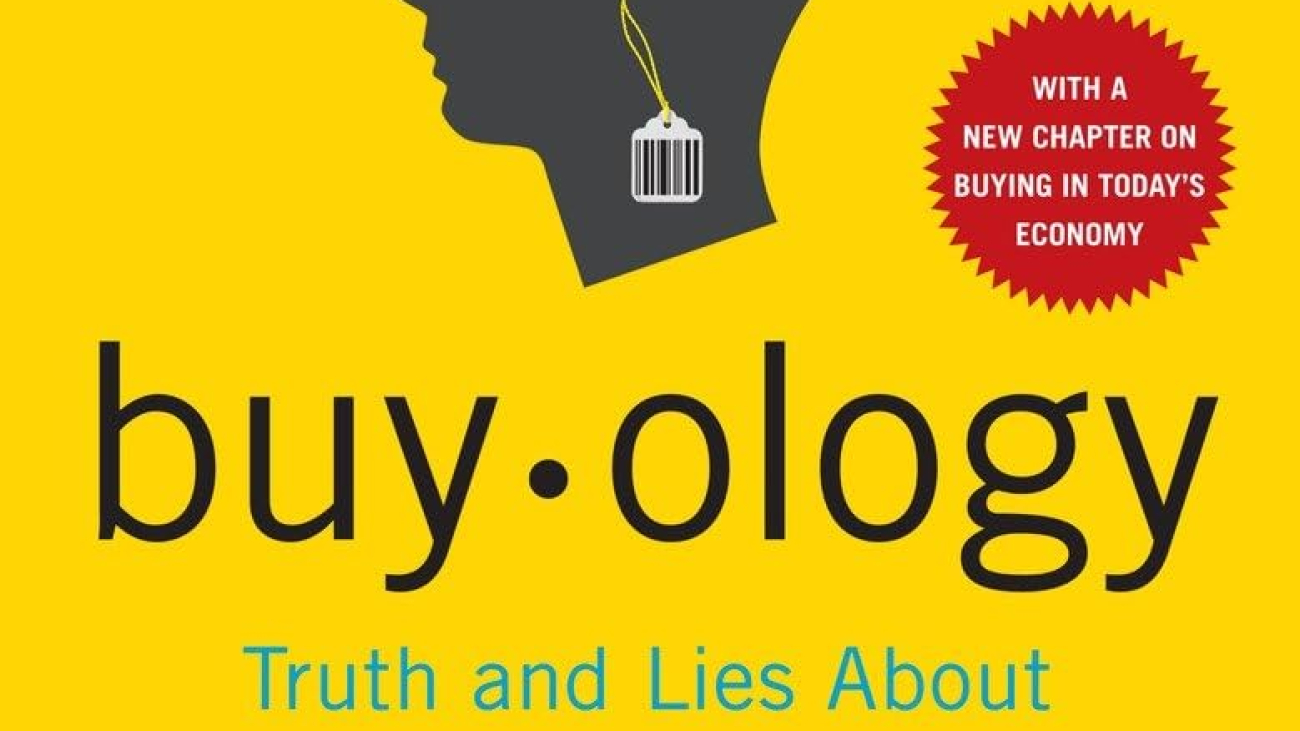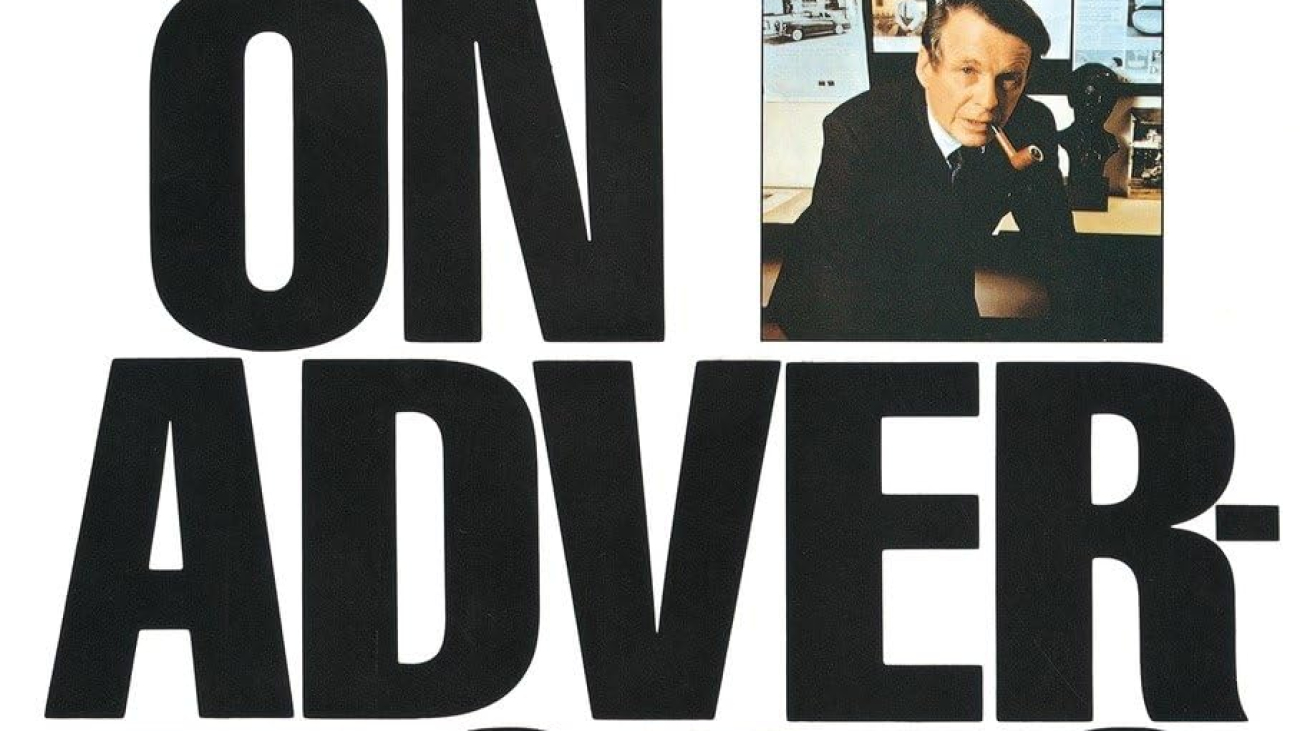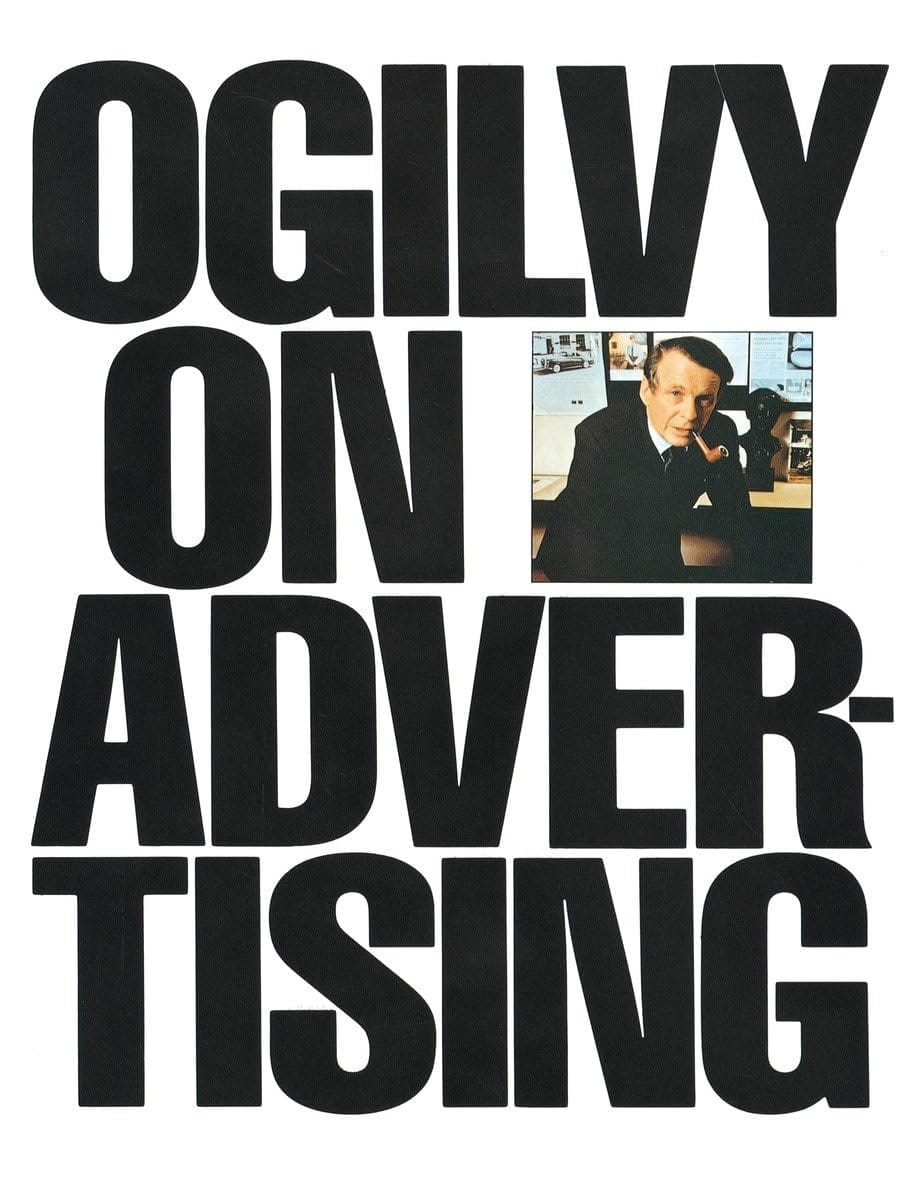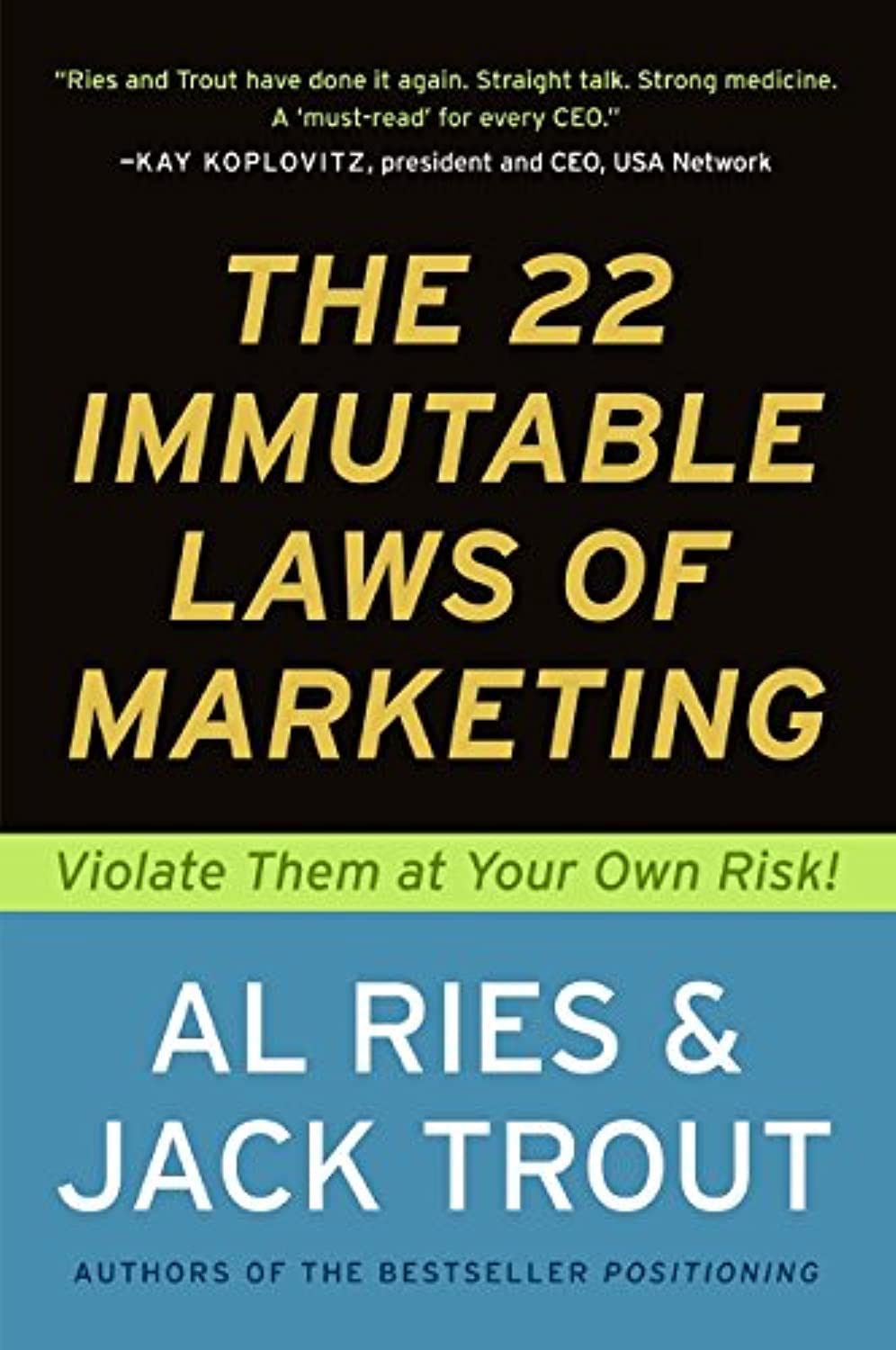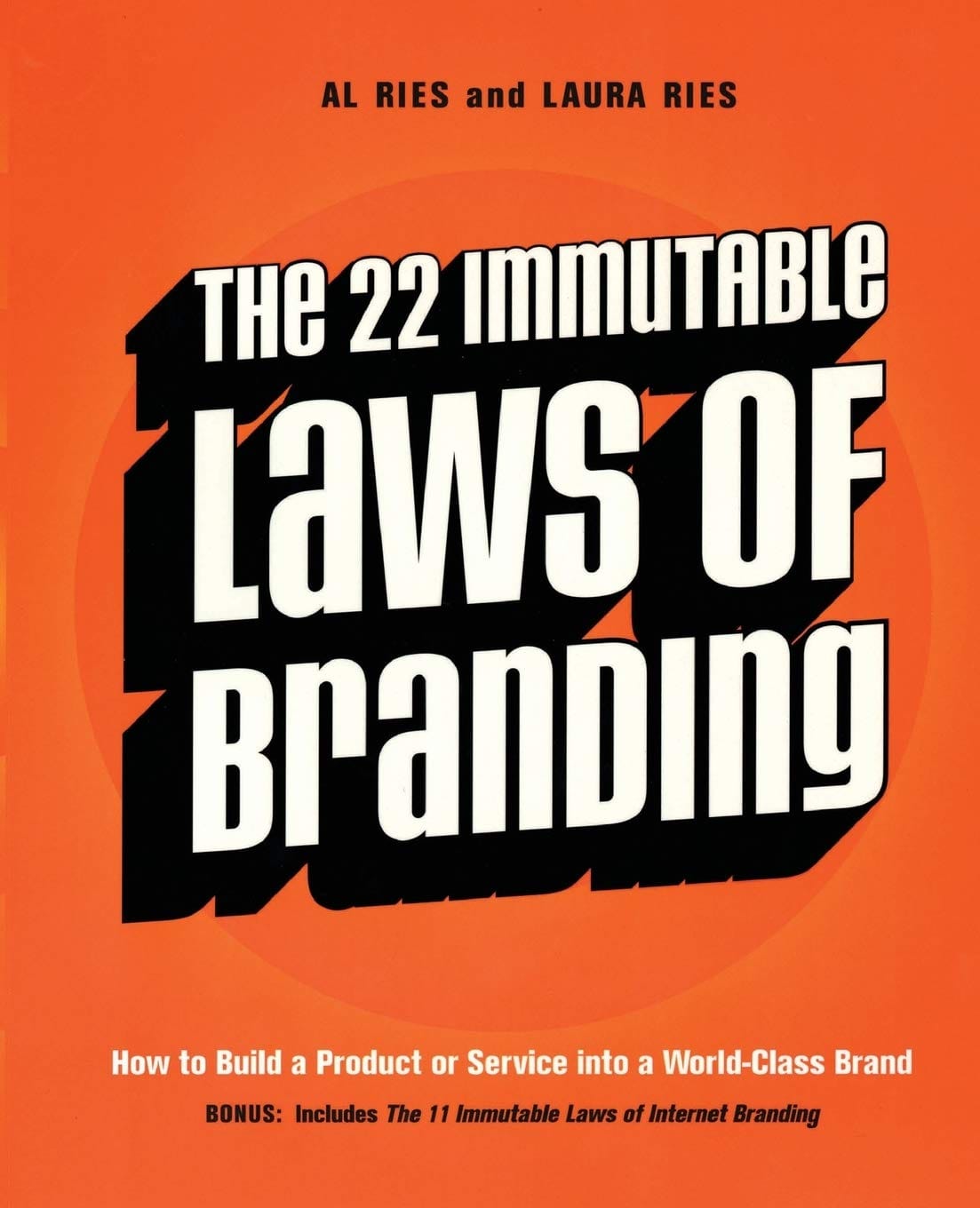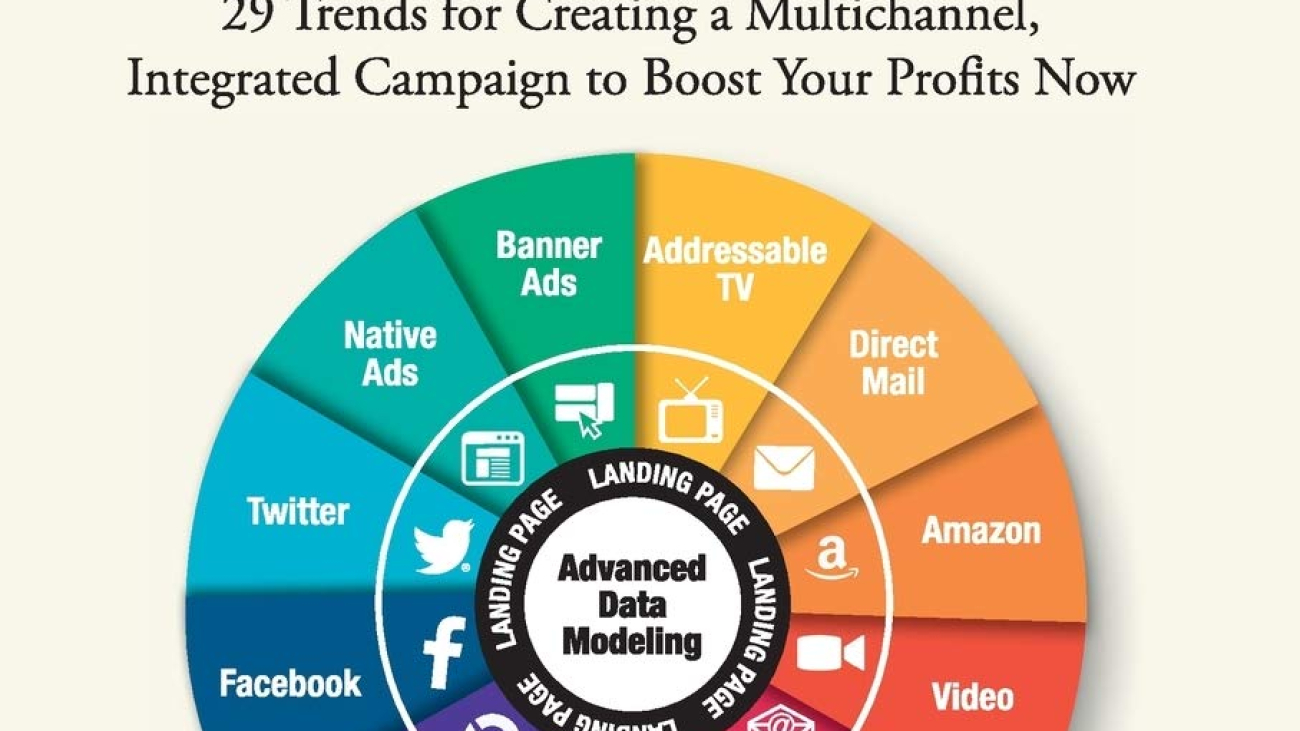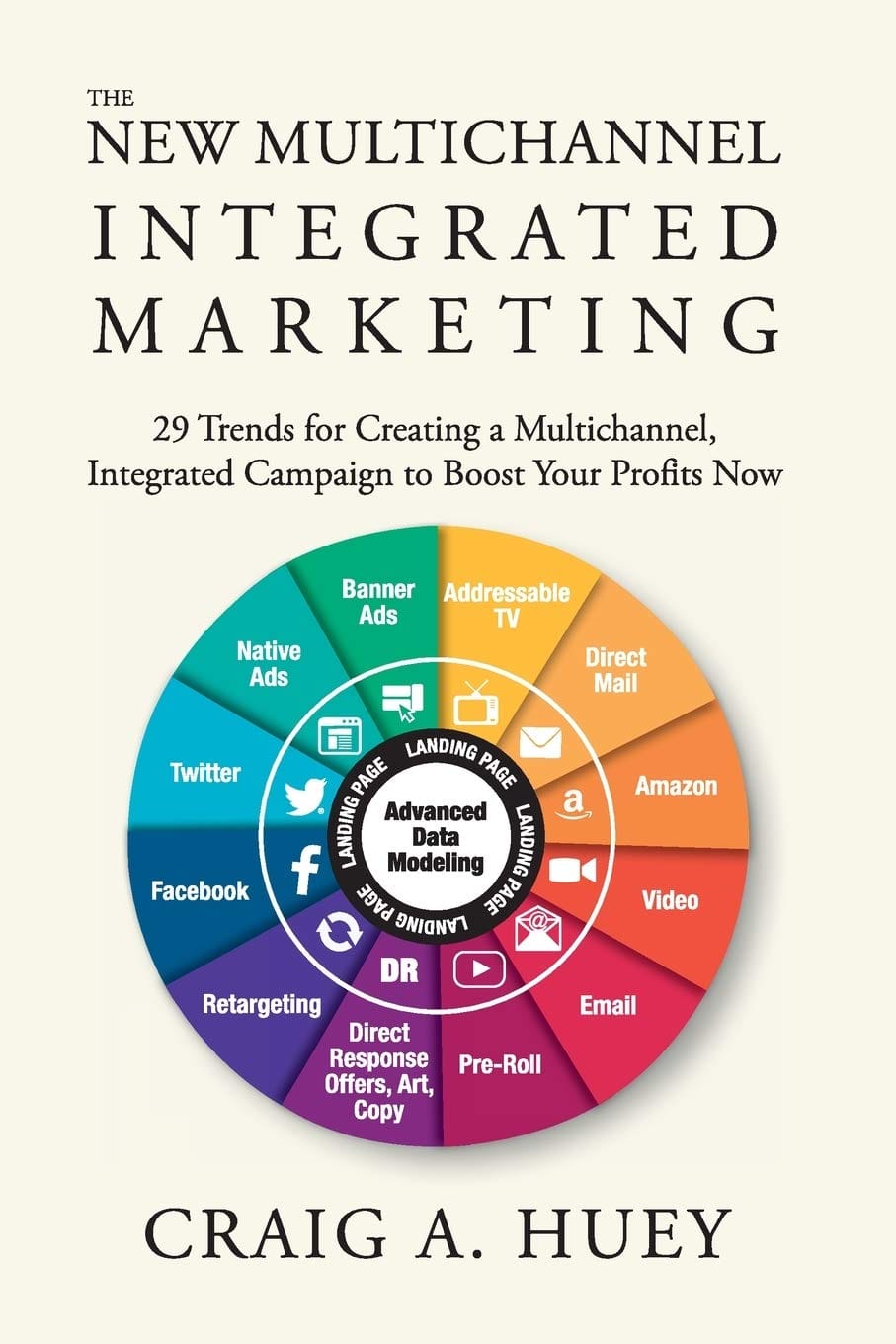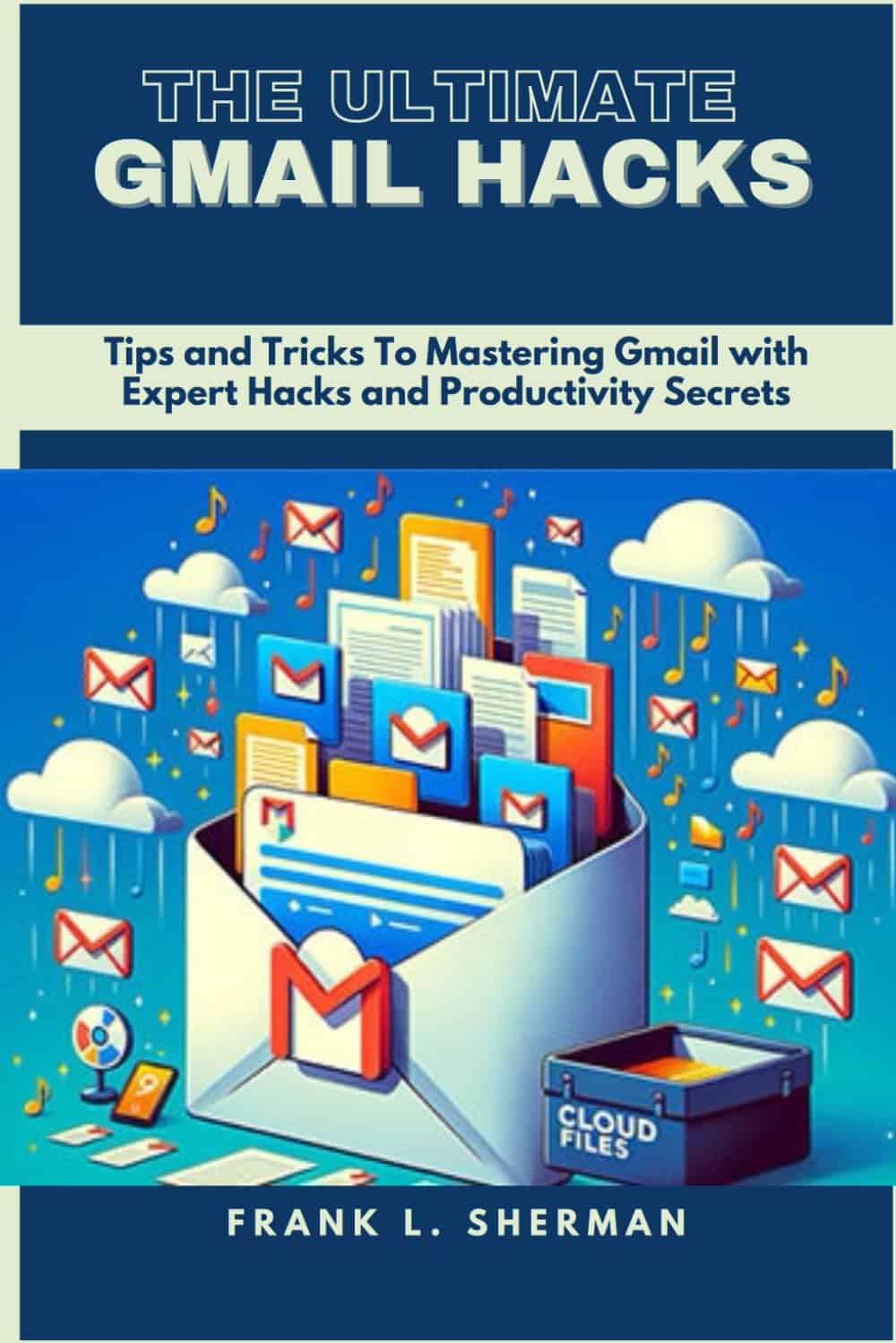Contagious: Why Things Catch On by Jonah Berger is a compelling exploration of the factors that make products, ideas, and behaviors go viral. Berger, a marketing professor at the Wharton School, distills years of research into a framework known as the “STEPPS,” which stands for Social Currency, Triggers, Emotion, Public, Practical Value, and Stories. Each chapter of the book delves into one of these six principles, providing insights into how and why certain content spreads like wildfire while others fade into obscurity.
Overall Thoughts and Writing Style: Jonah Berger’s writing style is engaging and accessible, blending academic research with practical examples and real-world case studies. His ability to translate complex concepts into easy-to-understand ideas makes the book both informative and enjoyable to read. Berger uses a conversational tone, which keeps the reader engaged while still delivering deep insights into the mechanics of social influence and virality.
Character Development and Literary Themes: Although Contagious is a nonfiction work, the “characters” in the book are the products, ideas, and campaigns that Berger examines to illustrate his principles. Themes of social influence, word-of-mouth marketing, and the psychology of consumer behavior are central to the book. Berger emphasizes the power of social dynamics in shaping public perception and behavior, making the reader more aware of the forces at play in the spread of ideas.
Pacing and Structure: The book is well-paced, with each chapter dedicated to one of the six principles that Berger outlines. The structure is logical and easy to follow, with each principle building on the previous one to create a comprehensive understanding of what makes content contagious. The use of case studies and examples ensures that the book remains engaging, with plenty of real-world applications to illustrate the concepts discussed.
Author’s Use of Language and Imagery: Berger uses clear and straightforward language, making the book accessible to readers with varying levels of marketing knowledge. He incorporates vivid imagery and memorable examples to bring his concepts to life, such as the famous “Will It Blend?” campaign and the $100 cheesesteak. These examples help readers visualize how the principles of contagiousness operate in real-world scenarios. Berger’s ability to distill complex research into simple, actionable insights is one of the book’s strengths.
Emotional Impact and Thought-Provocation: Contagious is not only informative but also thought-provoking. It challenges readers to think about why certain ideas catch on while others do not, and it encourages marketers to consider how they can apply these principles to their own work. The book evokes curiosity and a desire to experiment with the STEPPS framework in one’s own projects. It also raises questions about the ethical implications of creating content designed to go viral.
Themes and Messages: The central message of Contagious is that virality is not random; it is driven by specific, identifiable factors that can be harnessed to make products and ideas spread. Berger argues that by understanding and applying the STEPPS principles, anyone can create content that has the potential to go viral. The book also touches on broader themes of social influence, the psychology of sharing, and the impact of word-of-mouth in the digital age.
Strengths and Weaknesses: One of the major strengths of Contagious is its actionable framework. The STEPPS principles are clear, well-explained, and supported by a wealth of examples and research. Berger’s use of case studies makes the content relatable and easy to apply in real-world situations. However, some readers might find that the book oversimplifies the complexities of virality, or that it focuses too heavily on specific examples that may not be universally applicable. Additionally, while the book provides a strong foundation, those looking for more in-depth analysis of each principle might find it somewhat surface-level.
Recommendation and Conclusion: I would highly recommend Contagious to marketers, entrepreneurs, and anyone interested in understanding what makes content go viral. The book provides valuable insights that can be applied across various industries and contexts, making it a useful tool for anyone looking to create more effective, shareable content.
Rating: 4.5/5 stars
Overall, Contagious: Why Things Catch On is a must-read for anyone interested in the science of virality and social influence. Jonah Berger offers a practical and engaging guide to understanding the principles that drive the spread of ideas, making it an invaluable resource for marketers and creators alike.
Buy on Amazon
READ ALSO: Book Review: Buyology: Truth and Lies About Why We Buy by Martin Lindstrom







